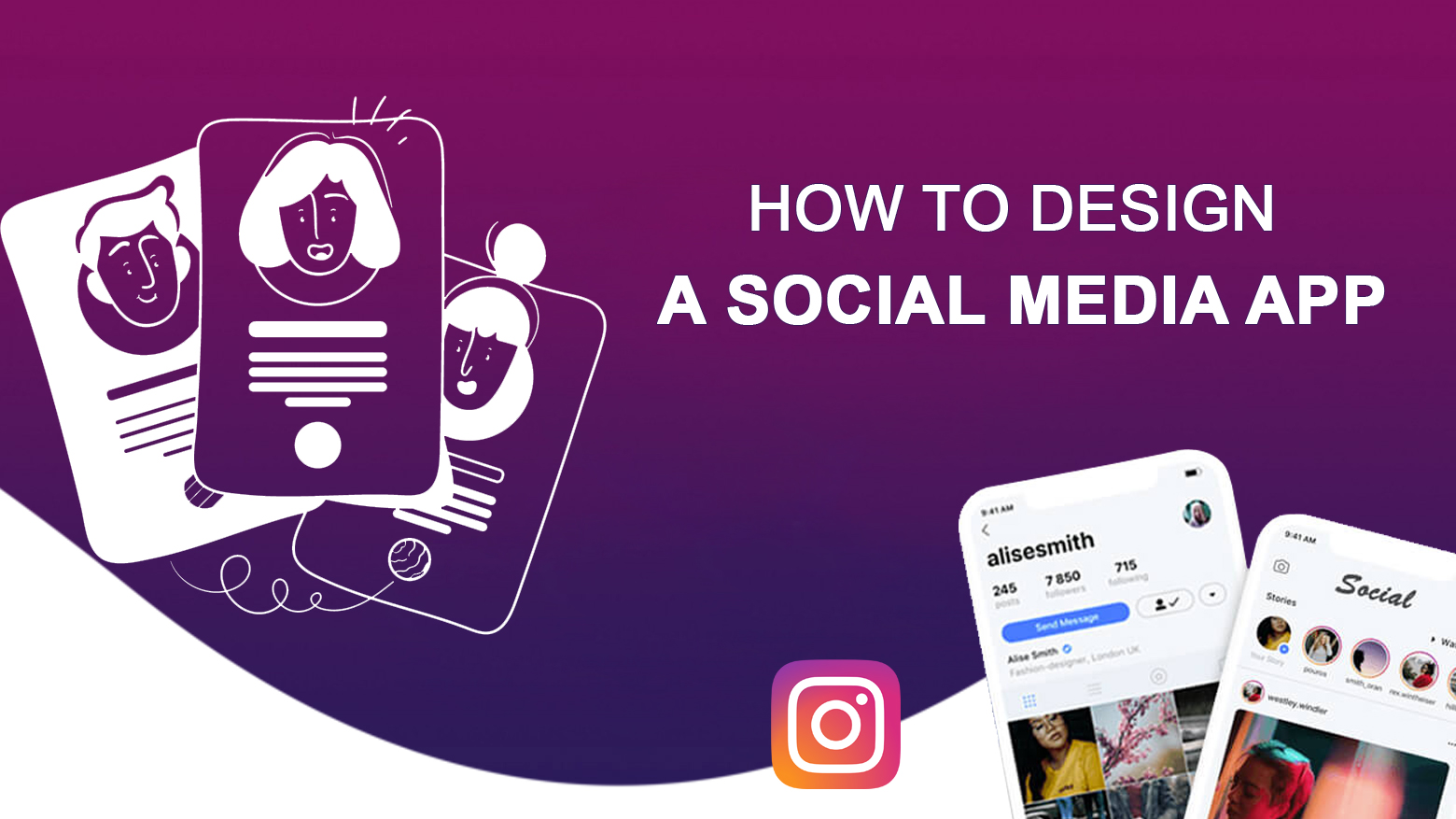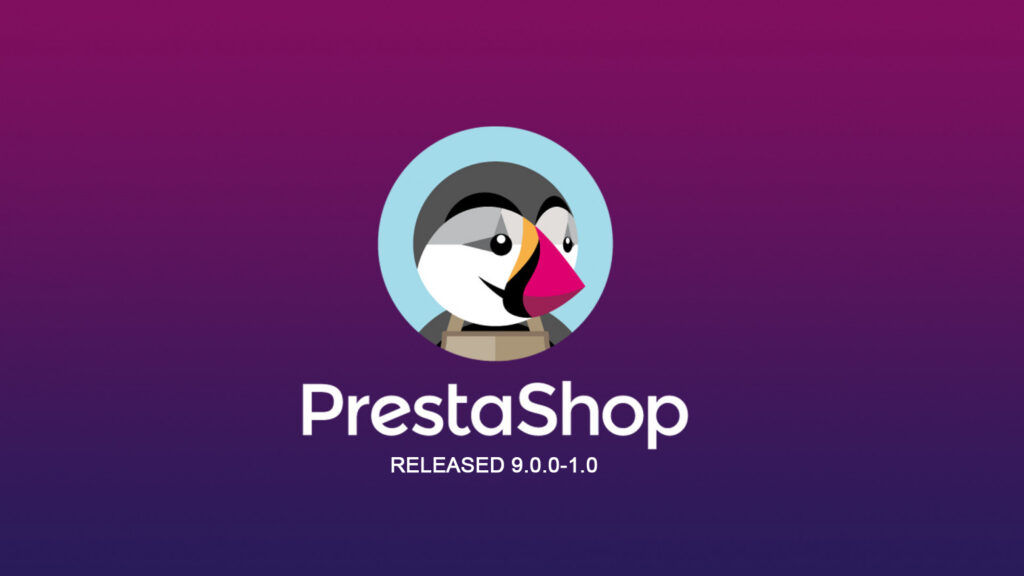In the battle of short form vs. long form video content, only one can win…right? Well, not exactly. Creating videos for your business is a tried-and-true way to boost engagement with your audience. In fact, it can increase conversion rates, email click-through rates (CTR), brand association, and audience engagement. But the question isn’t if you should use either short-form or long-form video for your brand. It’s how you should incorporate both into your video marketing strategy.
Short-form vs. long-form video content: Definitions
By stats, it is known that over 3.4 million people use social media worldwide and it is only expected to grow in the coming years.
The most popular app known till now is Facebook with more than one billion registered users and approximately 2.7 billion monthly active users worldwide.
The number of worldwide social media users is expected to increase by 4.4 billion by 2025.
In June 2020, the list of top social media apps included WhatsApp messaging which put a tough fight to the ever-popular Facebook for the top spot.
Types of Social Apps
Before getting into the depths of development and designing, it is important to the various types of apps available in the market. This helps business-makers understand their target audience better, identify competitors, and include the appropriate functionalities.
1. Social networking apps
These apps let people connect from all over the world in order to share their personal and professional interests. The best examples that we can see ourselves using in our day-to-day lives in order to stay connected with friends and family are Facebook, Instagram, Twitter, LinkedIn, etc.
2. Media sharing apps
Although we find a lot of photos and videos on the above stated social media platforms, there are some dedicated media sharing apps that work best when it comes to dedicated artistry and media sharing. Some of them are Snapchat, Youtube, Pinterest, etc.
3. Blogging and publishing apps
For writing and reading enthusiasts too, there are some dedicated platforms where people can share their thoughts and where others can learn from them as well. Some of the platforms that allow easy flow of such forms of media are Medium and WordPress.
4. Discussion forums
Sometimes, a single opinion is not enough. Which is why, in order to get the insights of a bigger audience, communities were introduced. These communities with people from across the world can exchange ideas, opinions and experiences to resolve their issues or confusions. The best example of an active community is Quora.
5. Customer review apps
In lieu of a second opinion, sometimes we just wanna be extra sure when it comes to buying things or going to places. Who better than a person who has already been there, done that? The customer review apps let customers post a review- good or bad, about the product they liked or a place they enjoyed so that others can get a good idea about the thing and make a call accordingly. The best reviews can be found on Google reviews, Yelp, etc.
6. Service Provider apps
Quite a popular category these days, service provider apps are the ones that help you undertake a particular service at a particular time. Some of the most popular examples being Uber, Urban Company, Ola, and Zomato.
Now that we have understood the existing apps, let’s focus on how to make a social media app.
How To Develop A Social Media App?
Identify your target audience
The first and foremost step is to analyze for what type of audience is the app being created for. For example, if you go by generation target, social media has the widest acceptance amongst teenagers and mid-aged individuals. If you barely have any idea who you are typically producing the app for, use some tools to get a complete understanding of the market. Digital eBrandz makes deals in all types of web development. Also tracking the success of your competitors is very important. Once the concepts are clear, set the goals, and put down the user engagement ideas for a competitive analysis.Cement the workflow
Once the first step is complete, try to define the complete workflow of the app. A flowchart in which the path a user is going to follow is clearly portrayed. This will not only help you understand the important parts of an app but will also help you make you make the product better.Platform Choice
When we design an app, it becomes vital for us to understand that the audience we want to cover is directly related to the platforms we produce it for. The iOS market is around 25% in comparison to the 70-75 percent of the Android market. So if you want to create a solution for a wider range of users, it’s better if you launch your app on both the platforms. For a more economical version, do learn about cross-platform apps. Next comes the wireframes. Once you decide on the wireframe of your app, it will help the developers and designers understand how the app works more realistically. A prototype too is a good idea if you need to understand the functionality of your app much better.Build app market
When the app is finally really, building a community that can help spread the word as well as give reviews about the app can come in very handy. Start initiating campaigns and conversations in the community to increase app popularity and thereby engagement.Conclusion
Social media apps should be fun, engaging, and easy to scroll through. In order to get it right, which can be tricky, there are a few steps that can be followed.- Keep the design simple and easy to understand.
- Keep the design consistent throughout.
- Make sure you use the latest design ailments and trends.
- Do not go out of the color scheme throughout.
- The more you allow personalization, the better.





